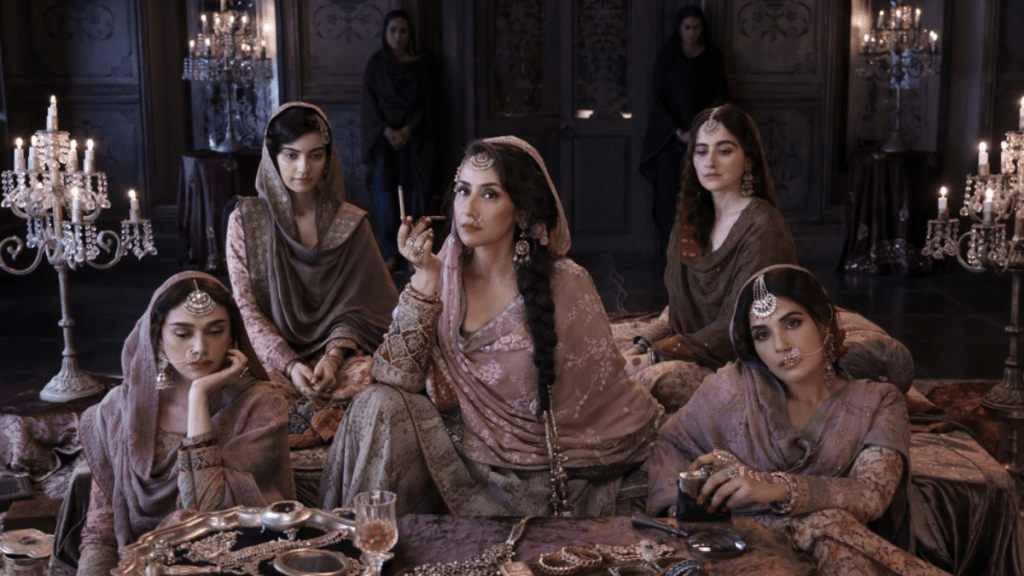Netflix’s Heeramandi has brought new life to the busy, historic neighborhood of Heeramandi in Lahore. The series is directed by Sanjay Leela Bhansali who is known for his visually stunning and grandiose films.
With Heeramandi, Bhansali took on a new challenge by adapting the complex and rich history of the neighbourhood into a series. While rooted in historical facts, the series is ultimately a work of fiction. It portrays life in pre-divided India under British rule, focusing on the experiences of courtesans and feudal lords.
Sanjay Leela Bhansali, who is known for his ambitious and over-the-top films, held onto the script of Heeramandi for 14 years before announcing it in 2021, followed by a release on May 1, 2024. The series features a star-studded cast, including Manisha Koirala, Sonakshi Sinha, Aditi Rao Hydari, Richa Chadha, Sanjeeda Sheikh, and Sharmin Segal.
What is the real history of Netflix’s Heeramandi?
Lahore’s Heeramandi, often referred to today as a red-light area, holds a secretive and rich royal history. It was originally known as Heera Singh Di Mandi. The neighbourhood was established by Hira Singh Dogra, the prime minister of the Sikh Kingdom of Lahore, in the mid-19th century.
It is situated in Shahi Mohalla, close to the royal court. Furthermore, Heeramandi flourished as a cultural hub where the tawaifs, or courtesans, reigned supreme.
The courtesans of Heeramandi were not just performers. They were also highly educated women, proficient in music, dance, poetry, etiquette, languages, and literature. They held significant social standing and commanded the patronage of royals and nobles. These courtesans were akin to cultural icons. Their influence extended beyond mere entertainment to shaping their time’s cultural and social landscapes.
The courtesans living in Heeramandi were also a very prominent part of the independence war. They fought silent battles against the British by funding rebellions and supporting the nation’s freedom fighters.
How did British rule mark the decline of the neighbourhood?
The arrival of the British Raj marked a period of decline for Heeramandi. The British officers rebranded the area as “Bazaar-e-Husn” (Market of Beauty). They transformed the neighbourhood from a cultural epicentre into a hub for prostitution.
Much like what is seen in the series, patrons who wanted to be in the good books with the British withdrew their support. The courtesans were then forced to cater to a different clientele, significantly diminishing their social status and cultural influence.
Despite its decline, Heeramandi saw its courtesans transition into the burgeoning entertainment industry in both Indian and Pakistani cinema. Over the years, Heeramandi evolved, witnessing the rise of music and dance studios, food streets, restaurants, and shops, though it remains a shadow of its former glory.
While Bhansali’s series promises to be a captivating tale of politics, ambition, love, and betrayal set against the backdrop of 1940s pre-partition India, viewers should note that many events are fictionalized for dramatic effect. However, the story’s core remains rooted in the real historical legacy of Heeramandi.
The series offers a chance to delve into the vibrant yet tumultuous past of a neighborhood that once stood as a beacon of cultural richness and intellectual prowess.










